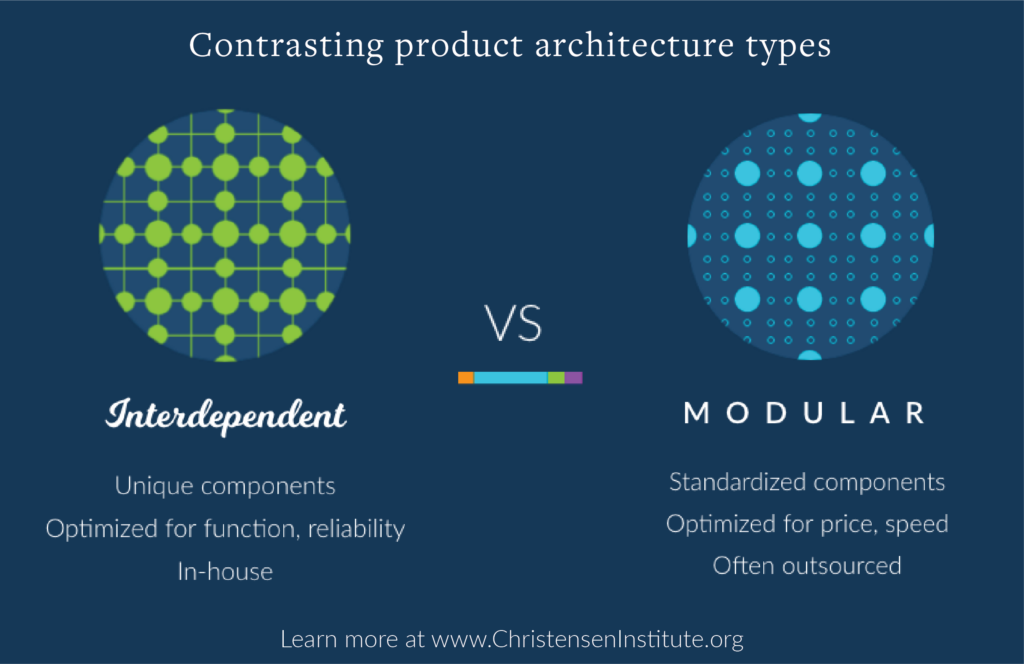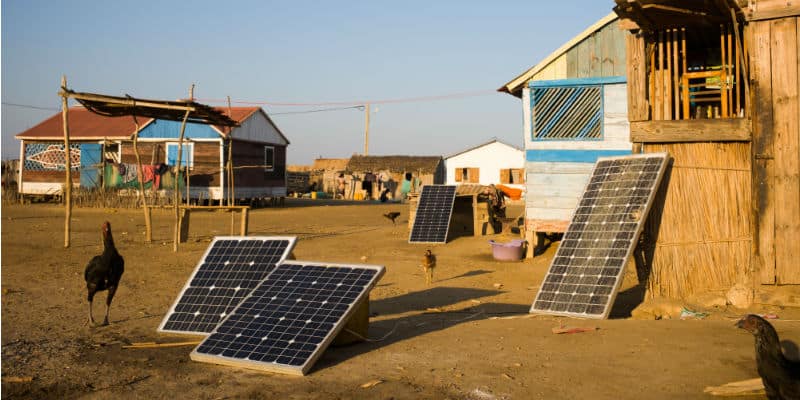Starting high school is a big transition for most teenagers, but it was an unusually large one for me. I had moved with my family from Denver, Colorado, to Accra, Ghana, just a few days prior to the first day of classes, so I was not only starting at a new school, but living on a new continent.
My nerves were running high when I arrived for my first day of school, but after finding an open seat in my first class, my friendly classmates noticed me and introduced themselves. Just as I began to relax, the lights suddenly went dark and the wall-mounted air conditioning unit shuddered to a stop. Startled, I looked around me, but the other students didn’t seem to even to take note of what had happened. Seeing my wide eyes, the teacher smiled and explained that it was a routine power outage and that the school’s gas-powered generator would soon restore power.
I quickly learned that power outages happened several times a week. As promised, they usually lasted only a few minutes before the lights flickered back to life and the air conditioning resumed. Before long I hardly noticed when they happened either.
For many people in sub-Saharan Africa, however, the lack of access to reliable electricity is a hard problem to ignore. Almost 80% of businesses with electrical access experienced power outages in the last year, accounting for more than 25 days worth of lost economic activity on average. Even greater costs are born by more than 600 million people who live without access to electricity at all. Day-to-day life becomes difficult when you can’t charge your mobile phone at home or store food in a refrigerator, and for those who use kerosene lamps to illuminate their homes and travel at night in the dark, life isn’t just inconvenient, it is dangerous.
A bright future
Although governments in sub-Saharan Africa have expended many resources trying to build electric grids similar to those used in other, wealthier countries, electricity production and distribution just isn’t good enough to meet the needs of many individuals and businesses. However, an unlikely solution has begun to emerge: solar energy. During the last decade, it has taken off in the region. M-Kopa, a solar power company that started operations in Kenya in 2011, has provided electricity to more than half a million homes and connects more than 500 new homes every day. Many other companies have followed suit, and investors are now pouring hundreds of millions of dollars into the rapidly expanding market every year. Kenya’s renewable energy sector already employs 10,000 people—nearly as many as the traditional power sector—and that total is expected to double in the next four years.
Although solar energy has struggled with slow adoption many places in the world, it has found fertile ground in sub-Saharan Africa. So what’s the secret behind its success in a region where other electricity solutions have stumbled?
Solar’s solution
One of the biggest reasons is that solar energy solutions are designed in a fundamentally different way than conventional electricity systems. In our research across dozens of industries, we’ve found that when a product isn’t good enough to meet the needs of customers (e.g. electricity distribution in sub-Saharan Africa), a company needs to control the entire process of design and production from start to finish in order to improve its performance. We call these products interdependent. On the other hand, when a product’s performance exceeds the needs of customers, various components and processes become standardized, such that a single company no longer needs to control the entire production process. These products are modular.

Consider, for example, the system that distributes electricity in a country like the United States. It’s an immense network of power stations, cables, and transformers. The many subcomponents of the system are designed separately and then plugged into each other to create electrical grids that stretch over vast distances. Modular products designed this way offer efficiency and higher speed of assembly, but all those standardized subcomponents make it difficult to re-engineer the product to improve its performance. It makes sense to design a system this way in a place like the United States because there isn’t a need to improve performance; the government has resources to produce plenty of energy and maintain infrastructure, and therefore electricity distribution is virtually always dependable. It makes less sense in many places in sub-Saharan Africa, where governments often lack resources to repair far-flung electrical grids or even to produce sufficient energy in the first place. Under such circumstances, it’s unsurprising that systems like these fail to deliver electricity at least some if not all of the time.
Enter solar energy solutions, like the ones built by M-Kopa, which employ an interdependent architecture. Instead of creating a vast grid made up of many standardized subcomponents, M-Kopa sells independent solar energy units to individual homes and businesses. These simple units include a solar panel that directly powers charger outlets, lights, TVs, and refrigerators, all of which are designed and manufactured by the company. Because M-Kopa controls the entire production process of the systems it sells, its engineers can design them with its customers’ circumstances and priorities in mind, improving performance and reliability. Customers can own a solar home system for just a $35 deposit, followed 365 mobile money payments of just 45 cents. It’s a winning formula, and hundreds of new customers opt-in every day.
Many in government and the international development industry mistakenly assume that infrastructure solutions in developing countries should mirror the successful infrastructure of wealthier countries. The success of solar electricity in sub-Saharan Africa shows how the opposite can be true—sometimes even a solution that has struggled to gain momentum in many wealthy countries may be the one best suited to solving the problem. Sub-Saharan Africa faces many hurdles on the road to providing electricity to the hundreds of millions there who still don’t have access. But as M-Kopa and others have shown, with the right solution, those obstacles can become opportunities.



